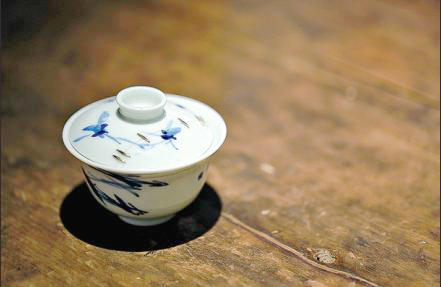The art of mending
By Zhang Kun ( China Daily ) Updated: 2017-04-01 09:21:42
 |
|
Broken pieces are joined together using staples. [Photo provided to China Daily] |
Captivation
According to industry experts, public interest in Ju Ci had suddenly spiked since the airing of a CCTV documentary on the craft in 2012. The program also featured a master craftsman named Wang Zhenhai who hails from the fifth generation of a family of craftsmen who had served in the Palace Museum.
Wang, 60, also started to teach Ju Ci that same year. He currently lives in Beijing and is still active in the promotion and education of the craft.
"This handicraft has only been strictly passed down in our family. However, I have taught the craft to many people because I don't want it to disappear," said Wang.
Gu Yu, one of the few people in Shanghai who is well-versed in Ju Ci, was among those who were captivated by the documentary. In fact, she was so intrigued with the craft that she and a few other friends contacted Wang and invited him to Shanghai to conduct classes.
Gu now runs a pottery repair studio with two apprentices at Hongqiao Antique Mall and though she has only been in the profession for two years, her workmanship has already earned praise and recognition from her clients. Business has been so brisk that customers often have to wait for months before they can retrieve their repaired ceramic ware.
One of Gu's largest assignments was having to repair more than 100 "jian zhan" teacups from the Shanghai Jian Zhan Collectors Club. Made in Jianyang, Fujian province, about 1,000 years ago, these funnel-shaped cups are highly sought after in the antique market and often command huge prices at auctions.
|
|
|
|
|
|
|
|

























 Raymond Zhou:
Raymond Zhou: Pauline D Loh:
Pauline D Loh: Hot Pot
Hot Pot Eco China
Eco China China Dream
China Dream China Face
China Face






